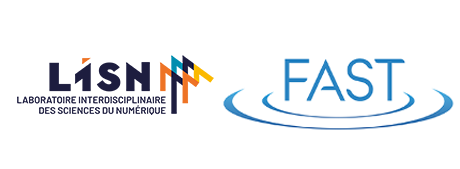
This work addresses the relevance of linear time-invariant (LTI) input-output models of statistically steady flows, in relation to flow control and resolvent/modal analyses about a mean flow. The existence of a transfer function or resolvent operator is indeed inherent to LTI systems, but fully-developed unsteady flows do not fall into that category. However, it is well-known that resolvent analysis about a mean flow often yields insightful results regarding coherent structures and amplification mechanisms producing them. It is also known that small-amplitude harmonic forcings may be used to identify transfer functions from actuators to sensors which are relevant for control purposes. Finally, it is commonly observed that modal analysis about the mean of a periodic flow yields both the fundamental frequency of that flow and the associated coherent motion. To clarify these observations, we lift the ad hoc assumption of linearization about a mean flow and investigate the time-dependent character of the linear response to forcing of the fluidic pinball and the backward-facing step flows, by impulsively forcing the time-varying tangent system at different instants. Using the mean impulse response, we compute the corresponding mean frequency response and compare it with the frequency response about the mean flow. Excellent agreement is overall observed, but key differences are also noted. Using the harmonic balance framework, we then elucidate the connection between the two transfer functions, which allows us to justify the aforementioned observations from the literature, in the case of periodic and quasi-periodic flows. We show that small-amplitude harmonic forcings may be used to identify a unique LTI operator even though the base flow is time-varying. This transfer function is the statistically optimal LTI representation of the input-output behaviour based on the mean resolvent operator. Some properties of this operator are studied, and connections are drawn with the resolvent operator about the mean flow and the Koopman operator.